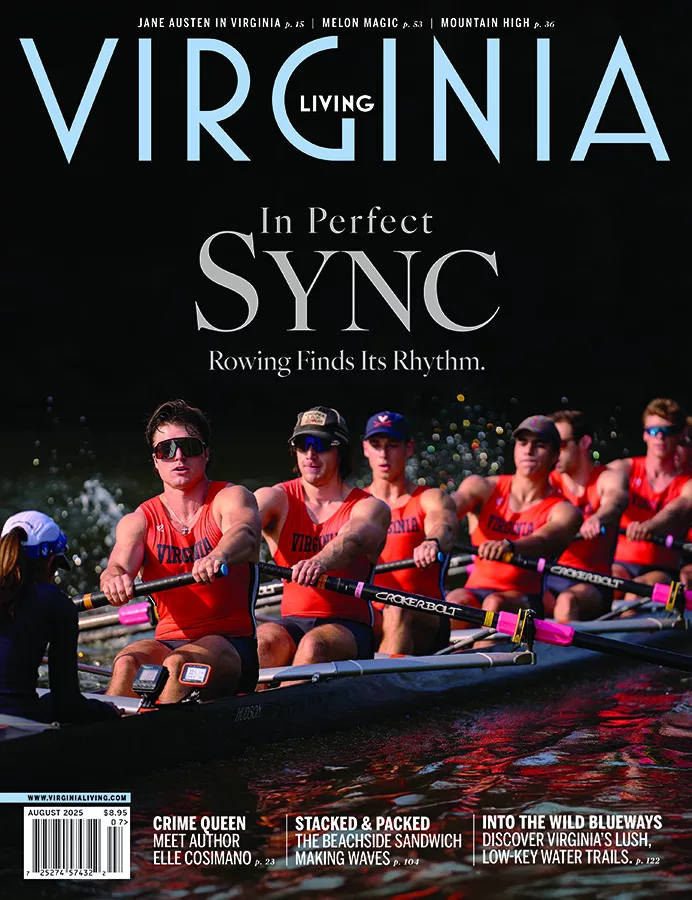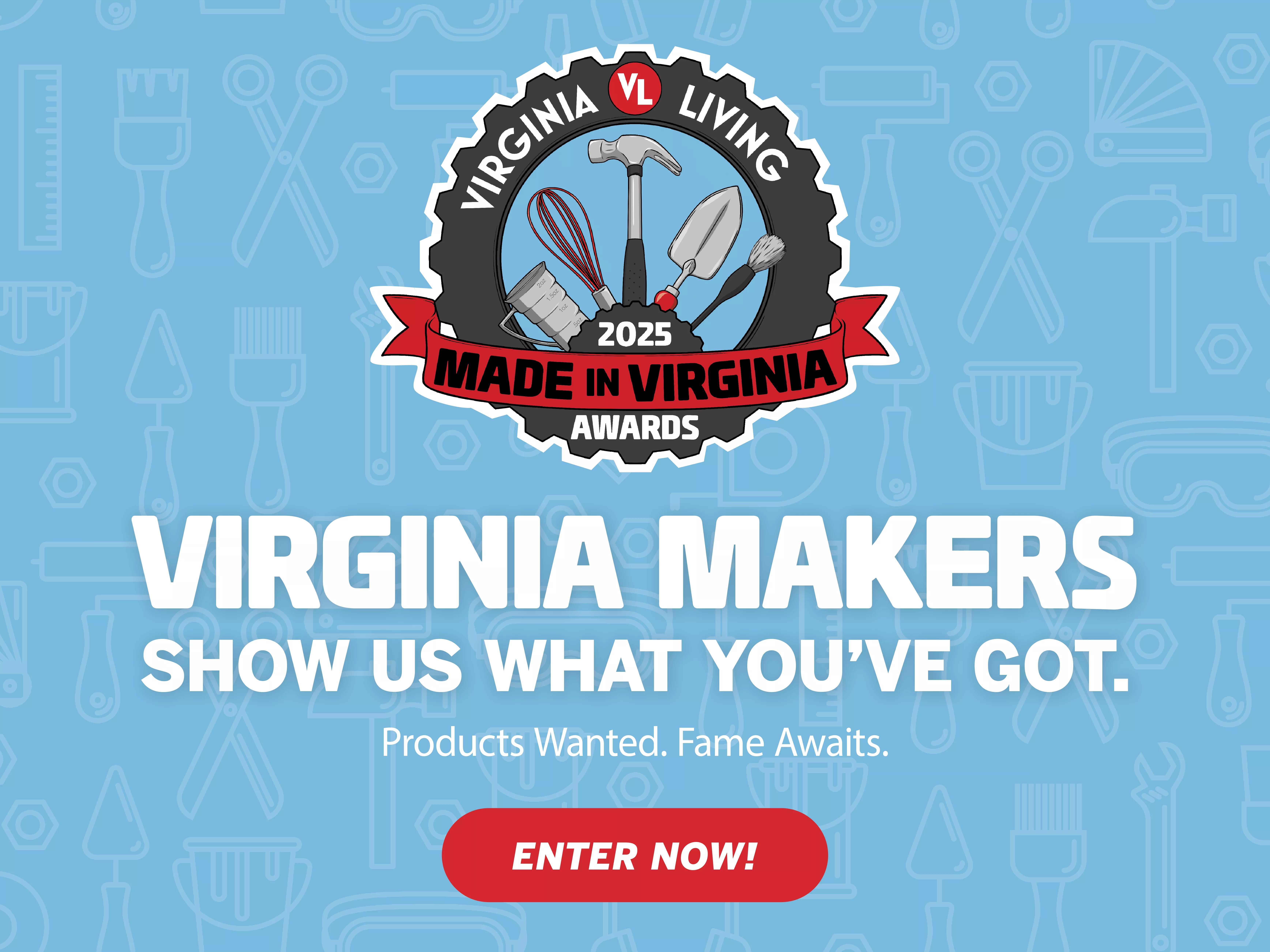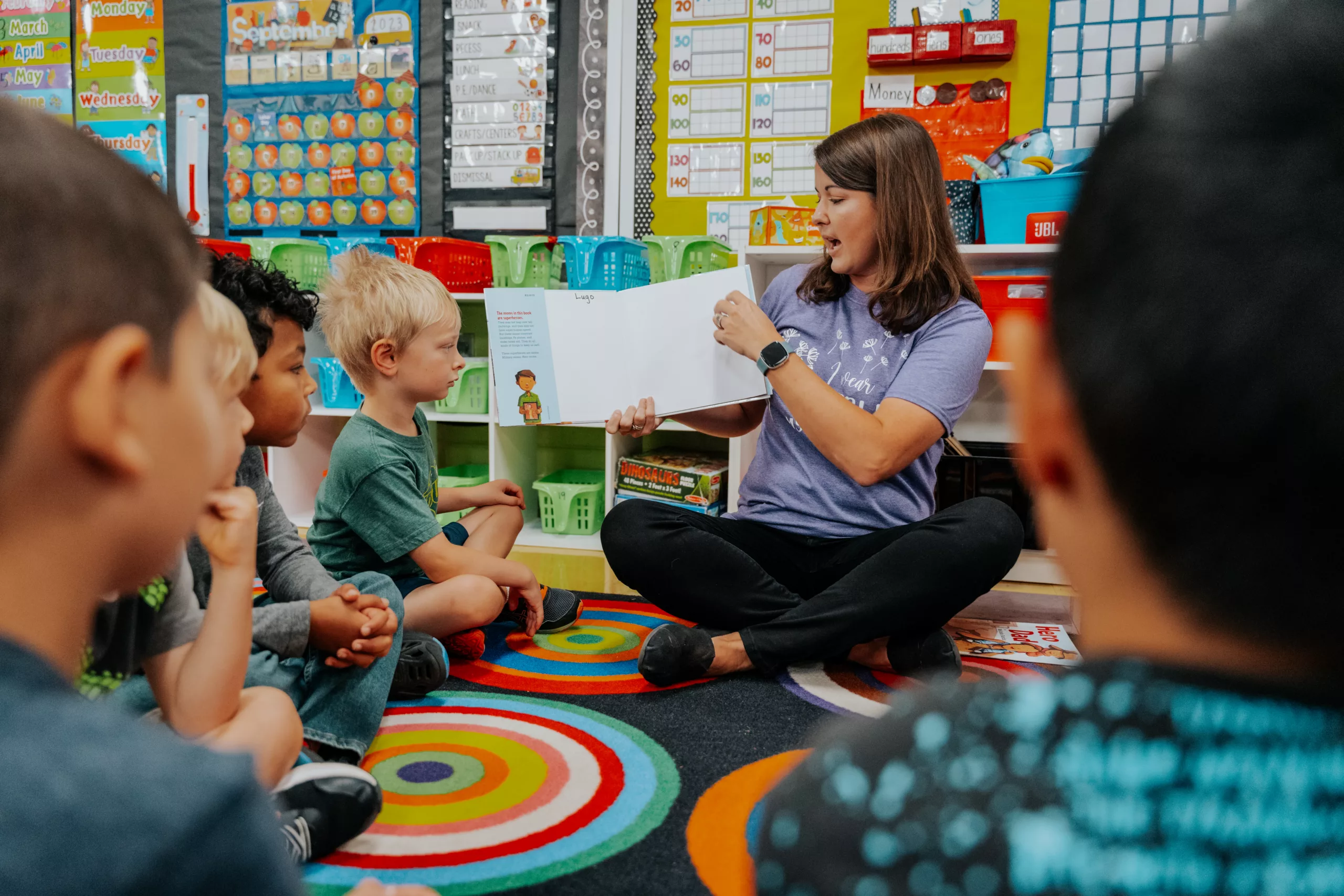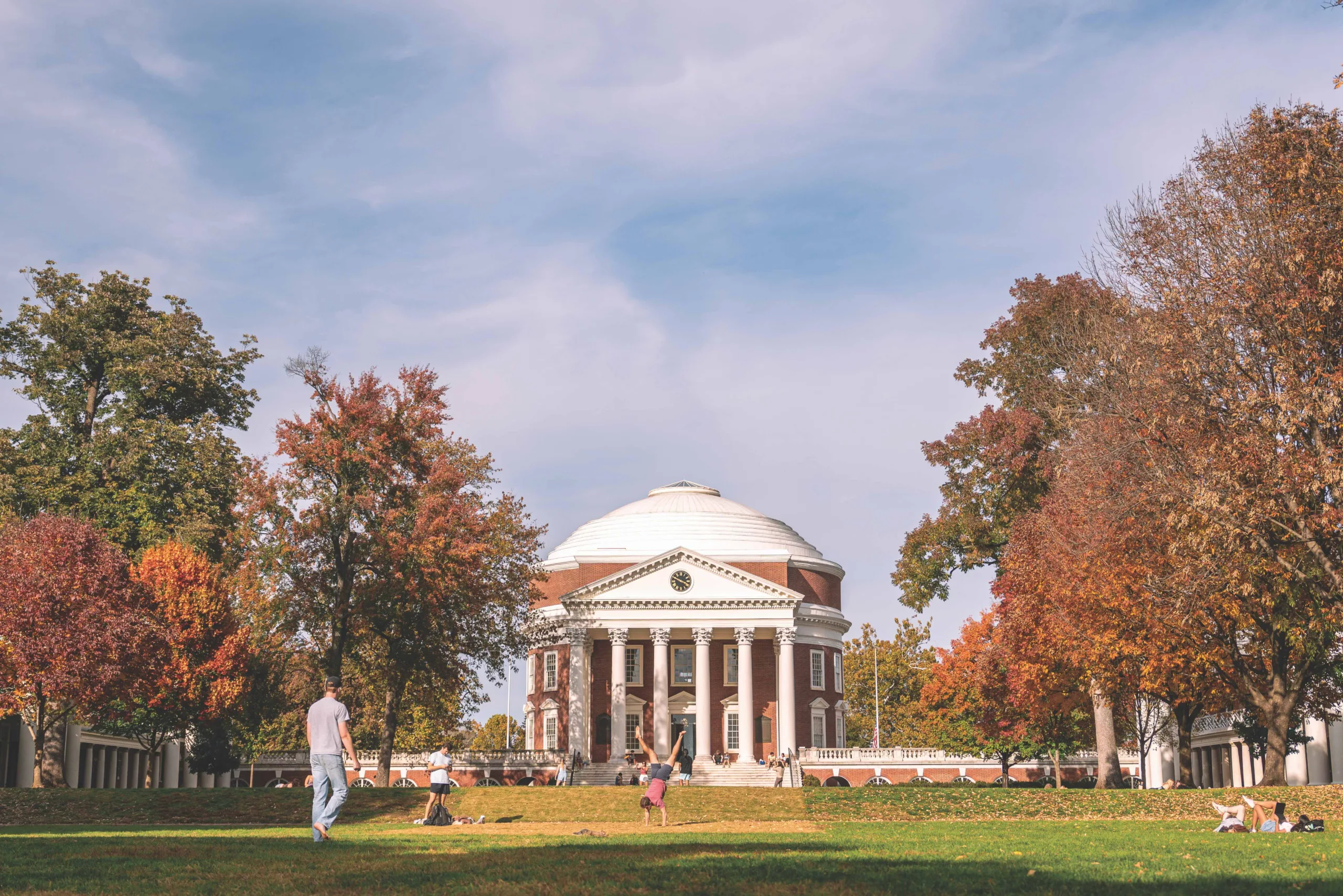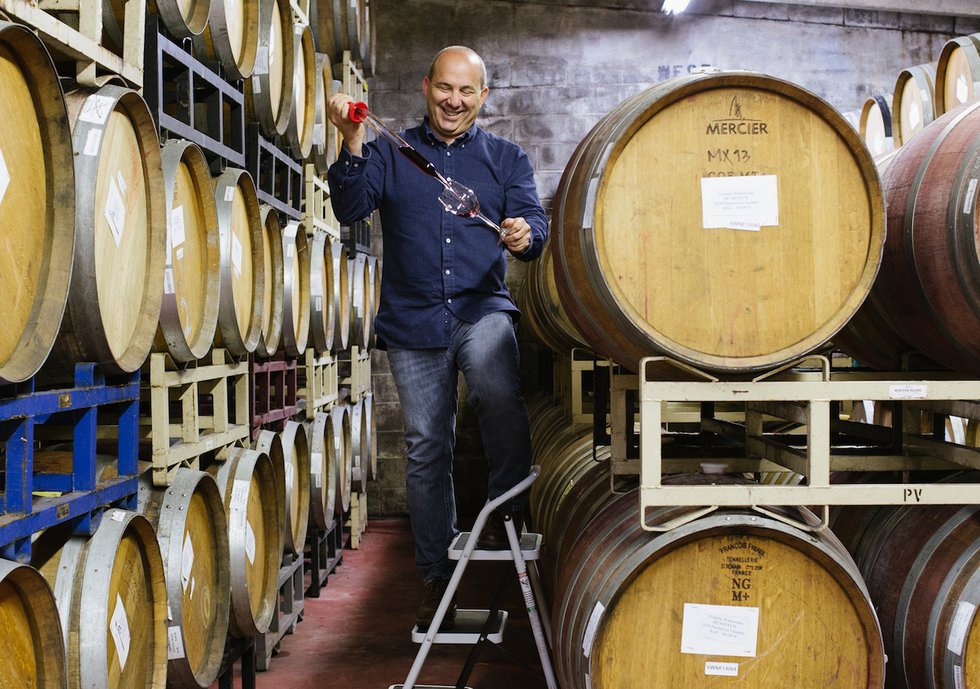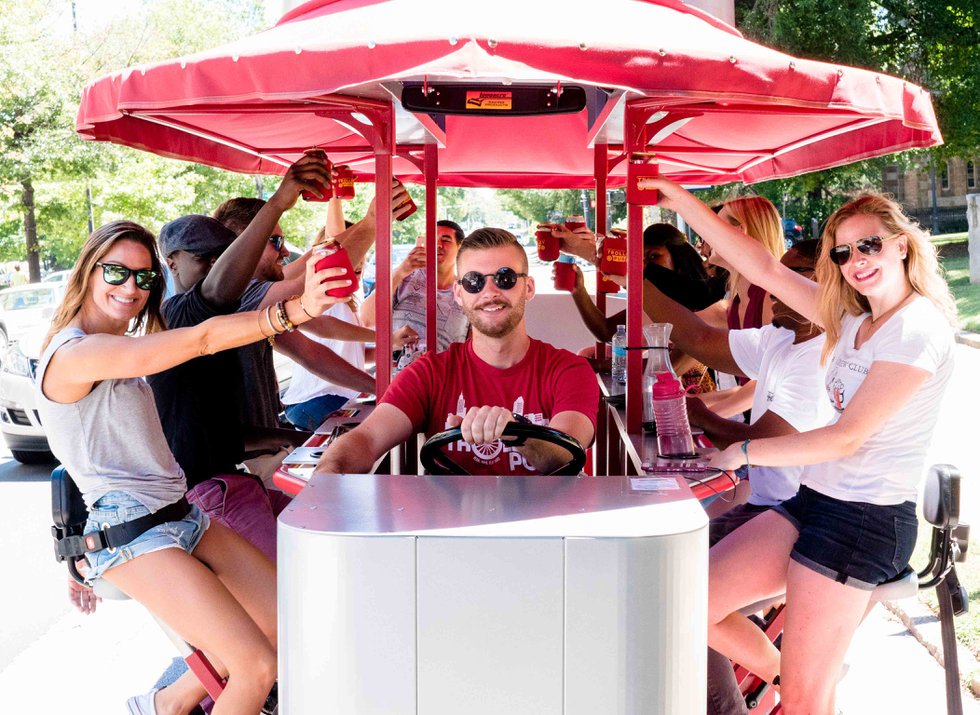Distilleries expand their tasting menus thanks to new ABC laws.

Old Fashioned at MurLarkey Distilled Spirits.
Cocktail enthusiasts who want to try a Virginia whiskey the way they drink it at home—in, say, a Manhattan—are in luck. A new law allows distillers to use spirits they don’t produce onsite to make mixed drinks in tasting rooms. It’s a key change that helps reverse what some consider to be Prohibition-era restrictions on distilleries.
“When distilleries started popping up around the state, the laws that were on the books were somewhat archaic,” says Tom Murray, founder and CEO of MurLarkey Distilled Spirits in Bristow.
For example, Curtis Coleburn, the government affairs director for the Virginia Distillers Association, remembers when visitors to Belmont Farm Distillery in Culpeper had to drive to the nearest state-run liquor store after a tour to buy a bottle of its whiskey. “The industry started saying, ‘All these people going to wineries can buy bottles and take them home. Why can’t I do that at my distillery?’” says Coleburn. The solution? A 2011 law that treats distilleries as liquor stores licensed to sell their own wares.
As a result, Virginia now has 55 licensed distilleries, compared with a handful a decade ago—and more than half of them have tasting rooms. Although distilleries still pay more taxes on their sales than do wineries or breweries (a bill to reduce distillery taxes failed this year), the industry is booming.
This year’s law further modernizes tasting rooms. It allows distilleries to add up to 10 outside spirits to their menus while keeping at least 75 percent of their lineup made on site. Although samples are still limited to less than three ounces, distillery visitors can now taste them “the primary way they’re going to consume them,” says Coleburn, “which is in a cocktail.”
